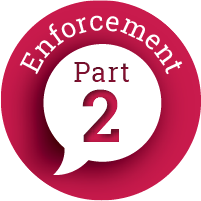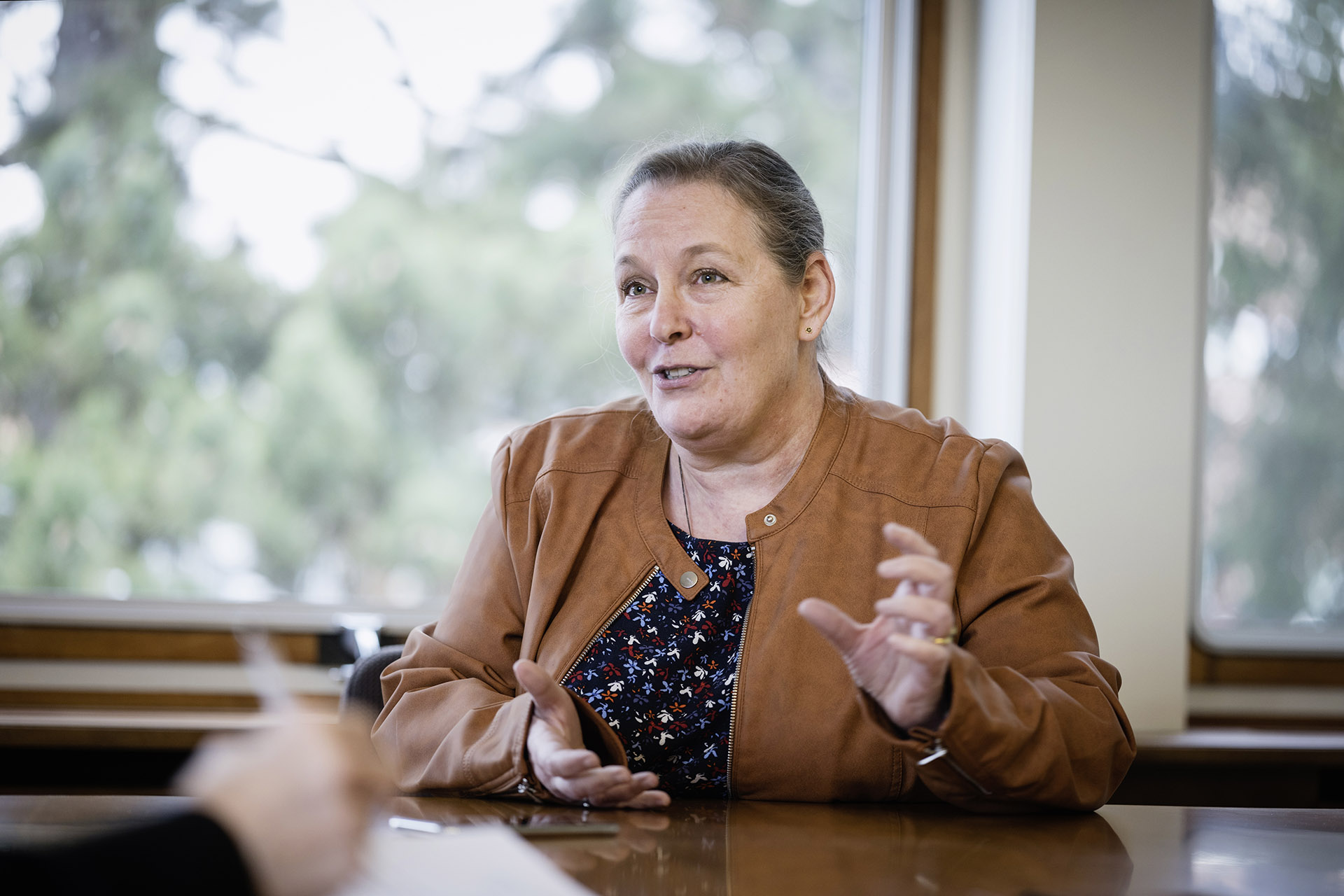
Quality issues with medicinal products “From translation errors to contaminated medicinal products: we take a very close look”
Susanne Wegenast, Head of Swissmedic’s Market Monitoring of Medicines Division, says: “The typical feature of quality defects? Each defect is new. And each one is different.” How does Swissmedic deal with quality defects in medicinal products?
When do we talk about a quality defect in a medicinal product?
If the specifications authorised by Swissmedic are not adhered to, if there is a deviation from good manufacturing practice (GMP) in manufacture, or if previously unknown quality defects are observed that may threaten the health of humans or animals.
What would be an example of this?
A mix-up is always an issue: for example, the wrong tablet in a blister. Then there are stability problems, for example if the active substance content decreases too much during storage over the product's shelf life. Newly discovered impurities, foreign bodies such as glass splinters, metal shavings – or even an insect in a fluid. A tube fold that isn’t properly sealed, a bottle that leaks. The challenge is to find parallels with cases involving other companies, and to coordinate measures so that companies are treated equally. That means establishing comparable measures for comparable defects.

“Recalls are based on careful risk analysis.”

What’s the situation with packaging or package leaflets? Is Swissmedic responsible here too? What happens if there is an error?
Yes, medicinal products are checked for safety, efficacy and quality – this also applies to the packaging, the patient information and other labelling. These must correspond to what Swissmedic has authorised.
Errors can also occur in translation between our four national languages. If this involves a “grammatical error”, it just means that it’s corrected in the next batch. But if the meaning is distorted, or the wrong dosage is given, that’s a serious defect and it may trigger a recall.
What’s the process as regards a quality defect in a medicinal product?
We receive international reports via an established network of authorities, while reports from Switzerland come via a special electronic mailbox that’s continuously monitored. That means we can act promptly at all times. A case is opened, evaluated by scientific assistants, and classified. They contact the authorisation holder to establish the facts in detail. Our experts decide on possible urgent measures, such as closing the warehouse so that no further products leave it. The process has precisely determined and documented steps, in which our counterpart also has a right to a fair hearing. There is close communication with the company’s Responsible Person. We can also initiate inspections and require that an action plan for corrective and preventive measures (Corrective and Preventive Action, CAPA) be put in place.
How quickly does Swissmedic act after a report?
Every incoming report is triaged on the same day. The time requirements depend on the classification. There are three levels. Class 1 means that it is a potentially life-threatening defect which must be reported within 24 hours: for example, an emergency medicine for which a mechanism is not functioning and which cannot be administered to the patient. Or a solution for infusion with microbial contamination, which could result in sepsis. Possible glass splinters in a syrup for children. Or a wrong dosage, where the contents and the packaging do not match. In Class 2, the defect is still serious – such as a microbiological impurity in a non-sterile product (e.g. a mouthwash, which could trigger an illness). Here, the reporting deadline is three days. Class 3 defects, such as the wrong barcode, must be reported within 15 days.
In the case of class 1 defects, does that mean initiating and issuing a batch recall immediately?
It means immediately giving it due consideration! Panic measures will not have the desired result. First of all we evaluate: What exactly does the defect consist of? Which batches are affected? How great is the possible harm for patients? In general, a recall is based on a careful risk analysis, with the primary focus on patient safety, and bearing in mind the principle of proportionality. It is a managed process, because you also have to consider that the manufacturer might have to entirely reorganise production, and sometimes it can take months or even years until a corrected version is back on the market.
So what’s the alternative?
We send out comprehensive information immediately. In some cases, we can explain in a circular the nature of the defect that was found – and what needs to be borne in mind when using the product. For example, where particles are suspected, this could be the use of a filter when infusing a hospital product.
But Swissmedic does not react only to reported defects.
That’s right. Every year we undertake various targeted campaigns, often in collaboration with our Swissmedic laboratory (OMCL). For example, the divisibility of tablets was investigated: Can they be divided? Can poor divisibility lead to incorrect doses? In addition, finished medicinal products are investigated for as yet unknown impurities by means of screening. With studies like these we also act proactively in market monitoring.